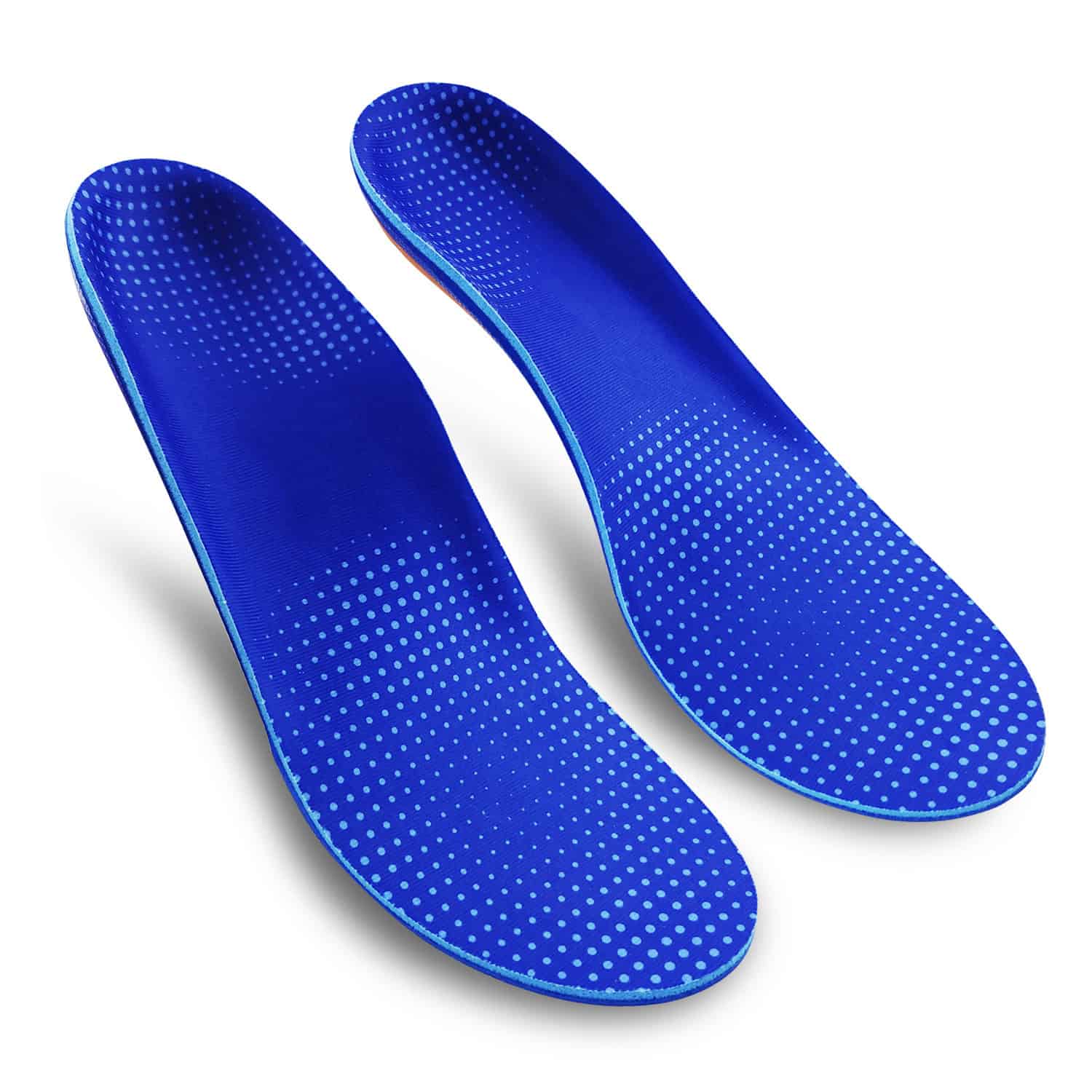Why should you use orthopedic insoles?
The condition of the feet depends on many factors, including:
- quality of shoes;
- the amount of time spent standing, as well as in the process of walking or active physical exertion;
- hereditary predisposition to any type of foot or already existing features of the feet.
Signs that your shoes don’t fit or that you have problems with your feet are swelling, heaviness in your feet, pain in your feet, pain in your toes, burning feet, and a general feeling of “tired feet.”
Why do you need special insoles from an orthopedist?
Each foot is unique. The orthopedist takes into account all the features of your foot when writing out a prescription for best high arch support insoles. After you start wearing shoes with such an insole, the condition of the foot changes – the load on the feet begins to be distributed more evenly, the legs and back get less tired when walking, the spine does not feel such an incorrect distribution of the load as before.
They can be used to correct existing deformations. Often, patients come to the orthopedist at an advanced age, when ordinary walking begins to cause discomfort. That is why such patients, as a rule, have already formed deformities that cannot be corrected without the help of a specialist.
Insoles will help prevent foot curvature and various types of deformities, especially in children and teenagers. At a young age, it is much easier to correct any deformities.
Depending on the type of footwear in which the insoles are inserted, they are divided into:
- Universal models for everyday shoes.
- Inserts for model shoes with heels up to 4 cm. Semi-insoles and insoles on a rigid frame are used.
- Models for sports shoes. Invest in sneakers and sneakers. Make shoes more comfortable and comfortable. The heel shock absorber reduces the load when walking, jumping and running. Usually supplied with a wear-resistant coating and odor protection.
How are human feet arranged?
The condition of the foot depends on the condition of the muscles and ligaments. In this part of the human body, there are two vaults: transverse and longitudinal. It is due to such a design of the feet that a person can jump, run, move freely, balance and perform other types of activity. If the ligaments and muscles are weak, certain deformations occur, which doctors call flat feet, valgus, clubfoot, etc.
There are two main types of deformities that orthopedists correct with the help of insoles: valgus and varus foot. In the first case, the weight of the body falls mainly on the front part of the foot, and in the second – on the outer part. Valgus deformities are caused by wearing uncomfortable shoes, osteoporosis, excess weight, and varus deformities are caused by injuries, disorders of bone tissue formation, rickets.
How does the foot benefit from an orthopedic insole?
- correct distribution of body weight;
- normalization of the load on the spine due to the correct position of the foot;
- prevention of back problems if you occasionally wear shoes with heels;
- support of foot ligaments, especially in old age or with excess weight;
- proper load on the foot in pregnant women;
- improvement of blood circulation in the feet;
- foot support after injuries or operations, as well as flat feet, clubfoot.
An orthopedist will help you choose the type of orthopedic insole for children and adults. Consultation with an orthopedist is necessary both for normal feet and for the complaints described above.
How to wear orthopedic insoles in winter?
It is important to wear orthopedic insoles correctly. In the cold season, thick inlays for boots, low shoes and boots are used. Special insoles can be coated with natural wool to provide a warming and shock-absorbing effect, strengthening the muscles and ligaments of the foot and it will also give you an additional comfort during the whole day.
How to wear orthopedic insoles in summer
In summer, orthopedic insoles are worn with ballet flats, shoes, sneakers, sandals and sneakers. The liners should fit the curve of the leg and follow the arch of the foot.
The product is inserted as deep as possible into the toe of the shoe. The heel should fit snugly against the back.
How long can orthopedic insoles be worn?
The duration of use of the inserts depends on the condition of the foot and age. People who have reached the age of majority and have a high tendency to develop foot pathologies can wear orthopedic insoles all the time.


